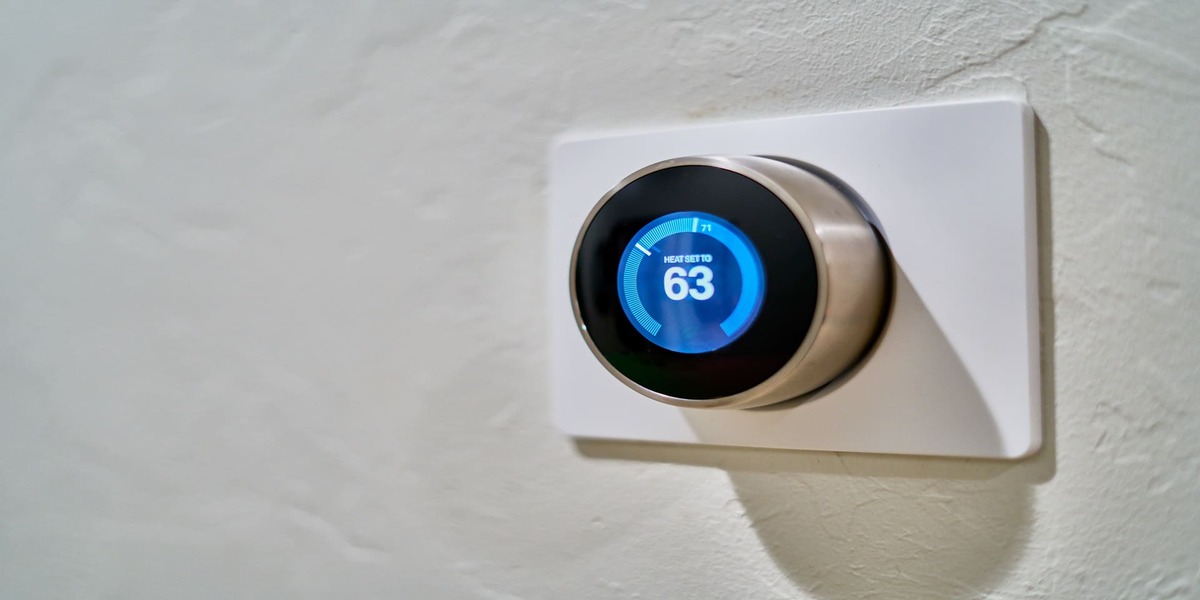What is “Internet of Things” (IoT) in supply chain
The Internet of things is the network of physical objects that contain embedded technology to sense and interact with different objects and people.
The introduction of IoT systems in the supply chain management enables you to enhance the visibility of your supply chain. As an enabler for the supply chain, it allows the exchange of critical real-time information with the stakeholders and allows the stakeholder to track the real-time location of all the assets used from start to finish.
IoT devices use sensors to measure specific aspects of the world around them, including location, temperature, humidity, light levels, movement, handling, speed of movement, and other environmental factors. IoT devices come in many forms like RFID chips, smart devices, and mobile sensors.
Challenges in Supply Chain Management
Today, organizations face challenges concerning supply chain management. Some of these challenges are:
- Lack of visibility of assets
- Inefficient handling of stock
- Transportation or logistic mismanagement
- Improper handling of data
IoT Systems
With the new and evolving technological changes, IoT will continue to have a large impact on the supply chain management by enabling faster, safer, cheaper, and more efficient ways of transporting goods from start to finish.
We have already seen many of these changes at work, and they will continue to progress as technologies become more readily available and less expensive to implement.
Uses of IoT Systems in Supply Chain
1. Tracking the Location of Goods
One of the best advantages of IoT in supply chain and management is tracking and tracing an asset. This enables the organization to locate assets and shipment, allowing for better responsiveness and decision-making in the changing environments.
2. Monitor Storage Condition
Some goods like medicine, foods, etc, should be stored at a particular temperature. Special IoT devices are envisaged to monitor areas like temperature, humidity, exposure to an atmosphere, light intensity, and other environmental factors.
These devices may even trigger an alarm if certain thresholds are breached. This makes it much easier to track the quality of goods through the supply chain and reduce spoilage.
3. Streamline the Problematic Movement of Goods
Goods tracking and route planning through IoT devices can identify where and when goods are delayed in transit. This allows for contingency planning and alternative routes to speed up the supply chain.
4. Transport Status Visibility
IoT-enabled devices provide the best possible routes to the drivers and trigger the alert in case of traffic and congestion. These devices also respond to the warehouse personnel if the goods have not reached the consignee on time. It triggers the real-time condition of both vehicles and products that are being delivered on that vehicle.
Benefits of IoT-enabled Inventory Management
- Real-time data received from sensors/beacons ensure that actual inventory levels are measured
- Real-time updates on inventory count, an alert gets triggered in case of mismatch
- Proactive Replenishment
- Automatic navigation within the warehouse and additionally avoid the collision of 2 MHE if they are following the same path
- End-to-end visibility on inventory
This article was contributed by our expert Ankkit Ruustagi
Frequently Asked Questions Answered by Ankkit Ruustagi
Q1. What are the different types of WMS?
- Standalone warehouse management systems
- Supply chain execution modules
- Integrated ERP (enterprise resource planning) and
- Cloud-based systems
Q2. Which factors would a warehouse need to consider before implementing a new database management system within its facility?
Some of the factors are its usability, ease of visualization & reporting, security of the data, the functionality of the system should match the business requirements, support, and development offered by the company, and how well it integrates with the other systems currently at use, its scalability, cost and Suitability of the software.
Q3. What automation can be used to manage inventory?
The types of automation used are automated reordering; keeping accurate track records of stock transferring; uniting multiple locations reporting in your chain; processing store orders, and notifying about the goods dispatch.
Q4. What technology is used in warehouse management?
Radio Frequency Identification (RFID) Technology, Light Fidelity (LiFi) Technology, Barcode systems, and Robotics Technology are some of the recent technologies that are being used.
Q5. How do you use AI in inventory management?
AI can be beneficial in numerous ways: Data Mining, Forecasting, Planning, managing inventory processes, Stock Management and Delivery, Optimizing Warehouse Operations, and Logistics Route Optimization.

